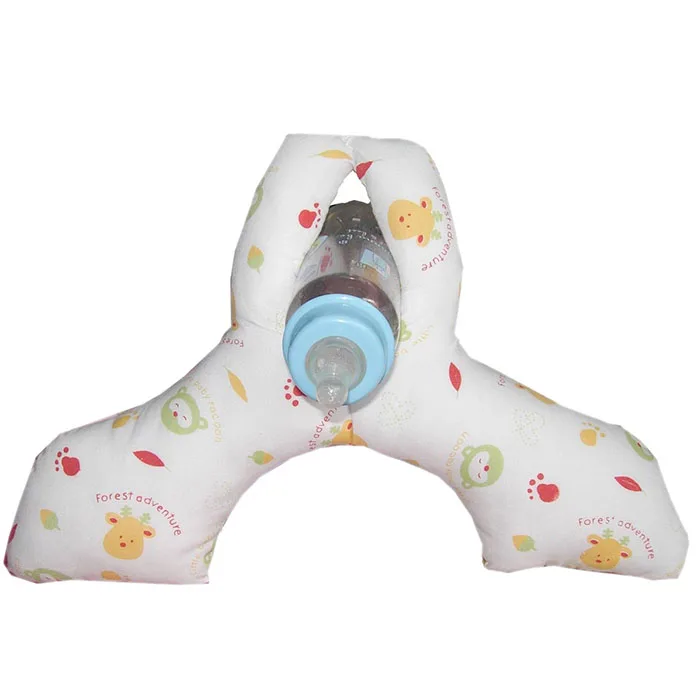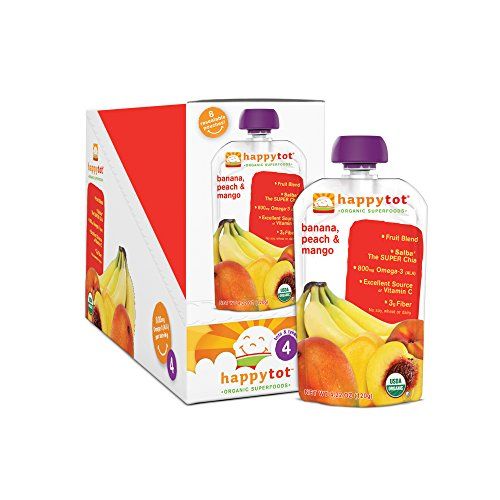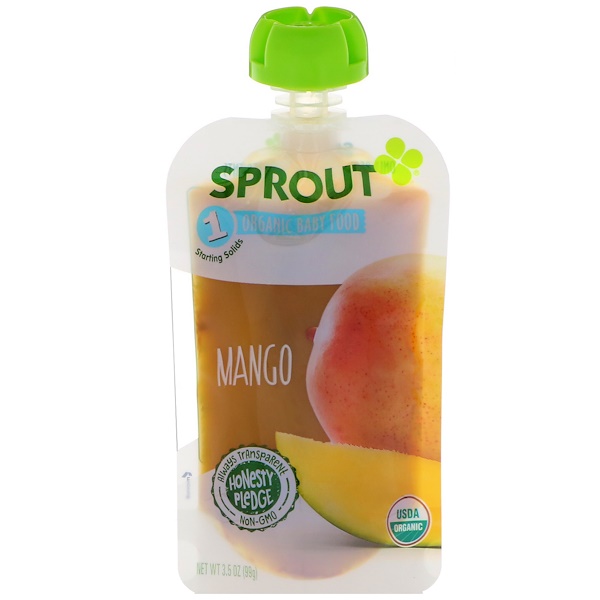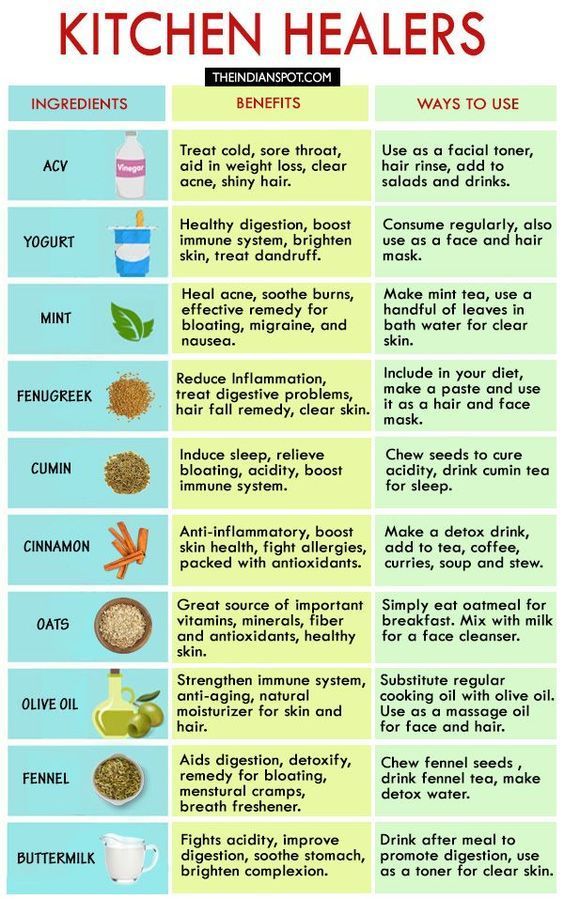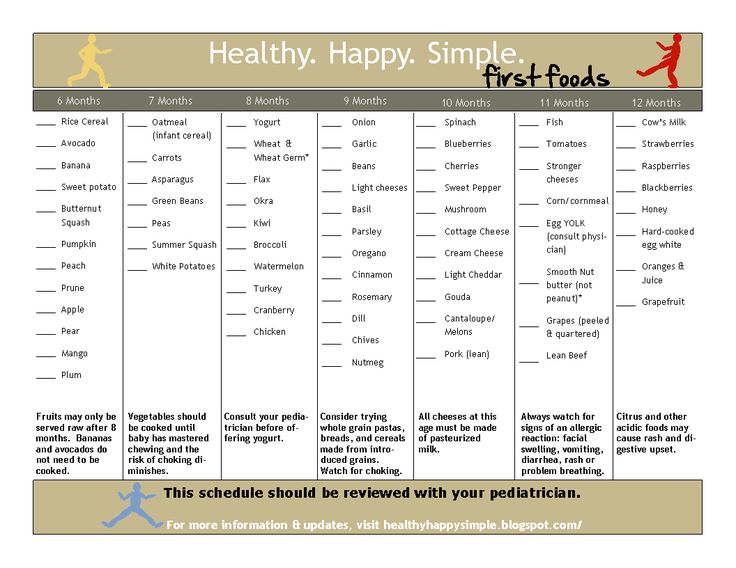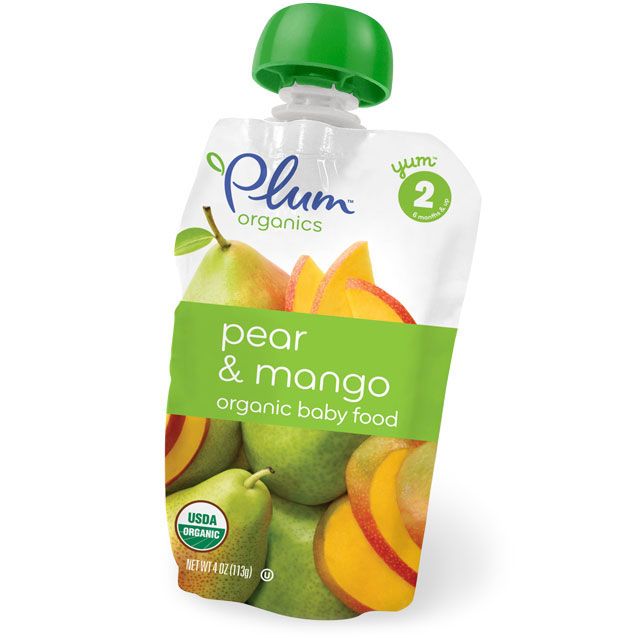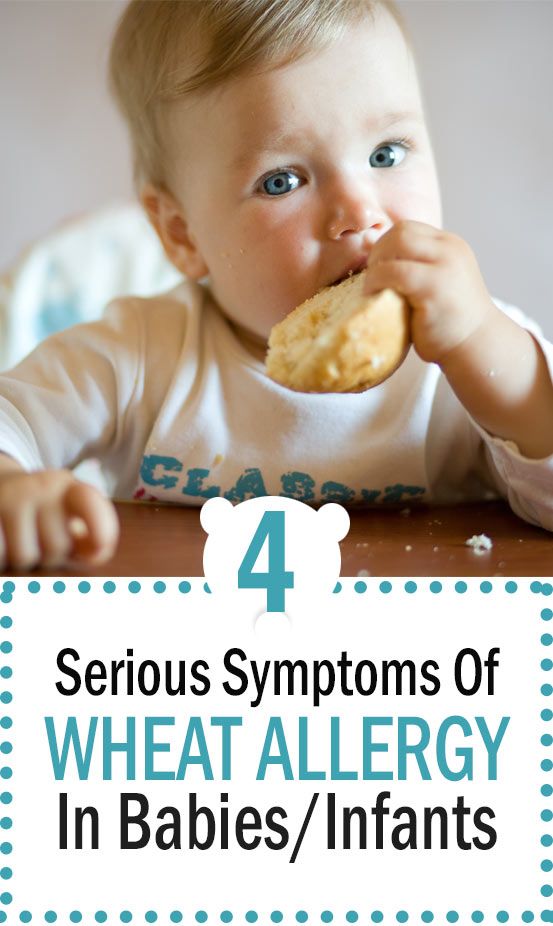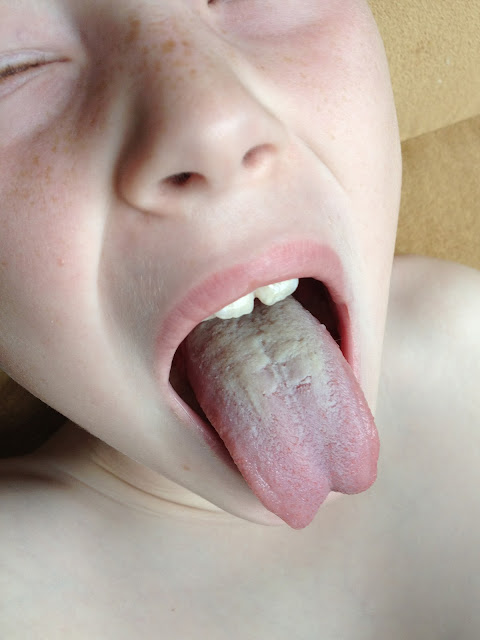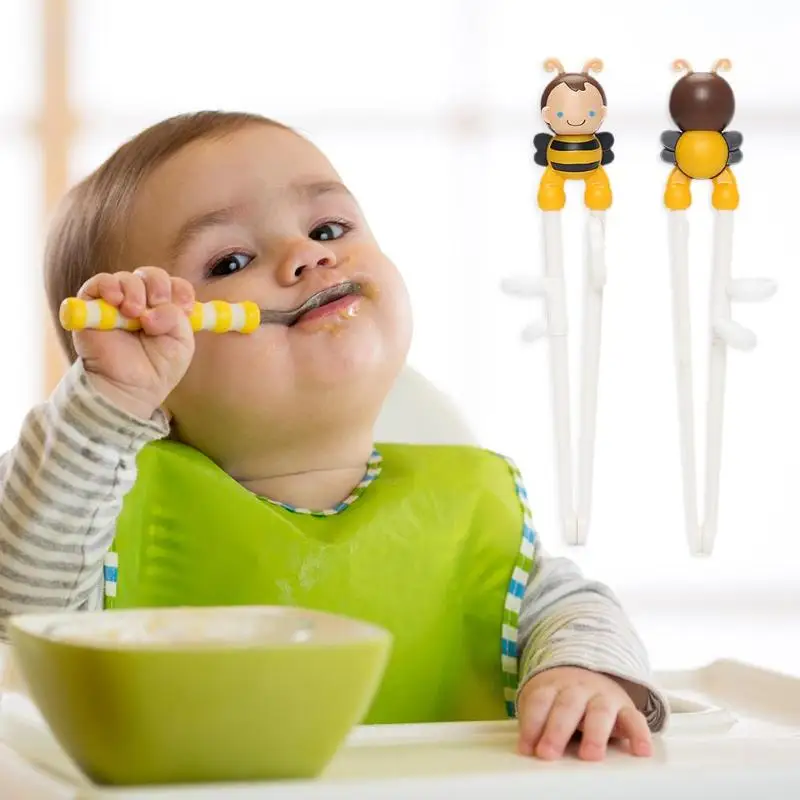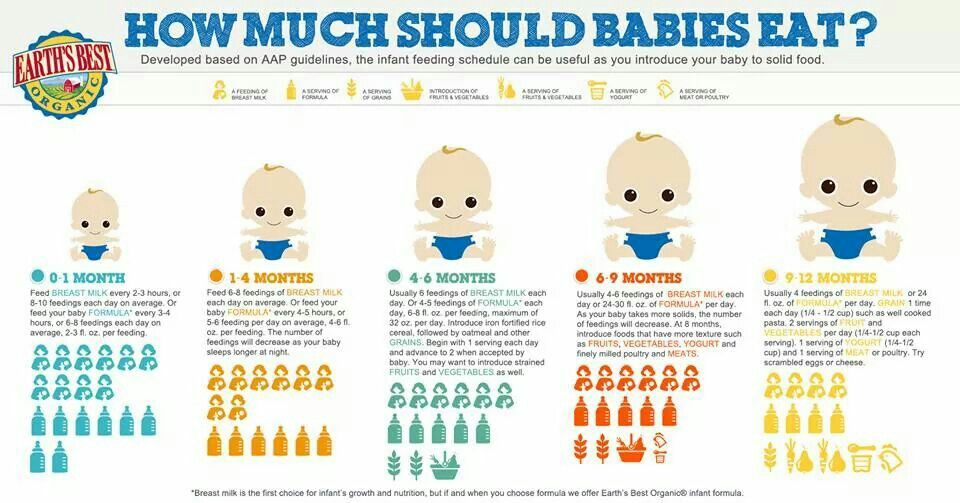Teaching baby to bottle feed
When and how to introduce a bottle to your breastfed baby
Wondering how to introduce a bottle to your breastfed baby? Wait until 3 to 4 weeks postpartum to ensure your milk supply is well established. Have someone else make the first few attempts if possible. If your baby won't take the bottle, try varying the bottle and nipple temperature, moving around, and switching positions. Though some breastfed babies reject bottles vociferously, which can be a real challenge for parents and caregivers, many will come around.
You may be planning to give your breastfed baby bottles because you're pumping breast milk, supplementing with formula, or switching to formula feeding. The transition can be tricky, but there are ways to make it easier. Here's what you need to know to successfully introduce a bottle to your breastfed baby.
When to introduce the bottle to your breastfed baby
If you're breastfeeding, most experts suggest waiting until your baby is 3 to 4 weeks old and breastfeeding is well established before introducing a bottle. In addition to helping launch your milk supply, waiting a few weeks helps reduce the risk of nipple confusion, or a preference for bottles over the breast.
Exactly when to first introduce the bottle varies depending on whether you're bottle feeding because you'll be separated from your baby, or because you need to add formula to your routine.
If you're returning to work after maternity leave, start bottle-feeding several weeks before you go back. That way, you'll have plenty of time for them to adjust to the bottle.
If you're pumping breast milk, you'll want to keep up your milk supply by pumping every time your baby has a bottle. If you can, use a double electric breast pump: It's the most efficient way to express milk and stimulate milk production. (These are usually free through insurance.)
If breastfeeding isn't going according to plan for you and you're thinking about supplementing your baby's diet with formula or switching to exclusively formula feeding, try talking with a lactation consultant before making any big changes.![]() A lactation consultant can assess why you're having trouble breastfeeding and offer tricks to address challenges.
A lactation consultant can assess why you're having trouble breastfeeding and offer tricks to address challenges.
But there's no need to feel guilty if you make the switch to formula: Healthy and happy babies can be formula-fed or breastfed. Focus on nourishing your baby and giving them the love, attention, and cuddles they need to thrive.
How to bottle feed a baby
Sucking milk from a bottle requires different mouth and tongue movements than breastfeeding, so it may take your baby a little time to get used to the change. Try these tips for a smooth transition.
Offer a bottle in place of a regular feeding. Choose a time that your baby tends to not be too fussy at mealtime – say, in the morning. The amount of formula or breast milk you'll need to give at each feeding varies depending on your baby's age and weight. Our articles on how much formula and breast milk babies need break it down for you, and you can always ask your pediatrician for a recommendation if you're not sure.![]()
Advertisement | page continues below
Or, offer the bottle after a regular feeding. If you're especially anxious about offering the bottle, or if your baby balked at the bottle in place of the breast on your first attempt, you may want to get them used to the nipple by offering the bottle an hour or two after they're already fed. That way your baby won't be frenzied for food and may be more open to experimenting with a new food source. Start with a small amount of breast milk – about 1/2 ounce.
Let someone else feed them the first bottle. If you try to give your baby their first bottle, they may wonder why they're not getting your breast. They may be less confused if someone else makes the introduction. Ask your partner, a grandparent, a childcare provider, or a friend to help. Choose a spot other than where you regularly breastfeed.
Make sure the bottle is the right temperature. Breastfed babies can be particular about the warmth of their milk; many prefer milk that's the temperature of your body or a bath (about 98 degrees Fahrenheit).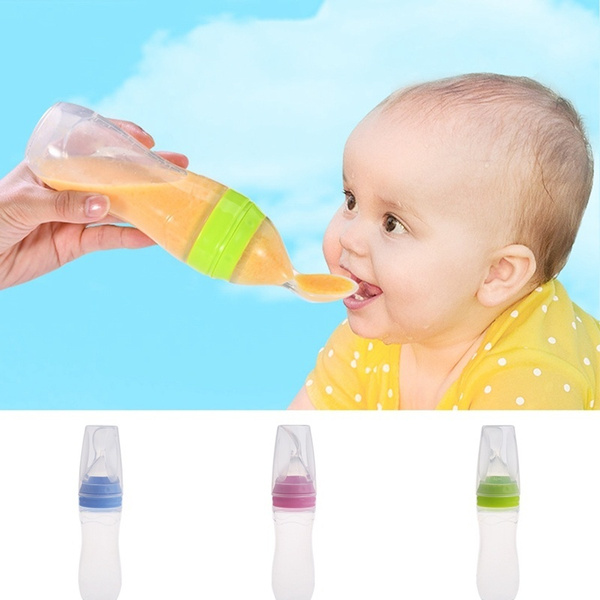 You can soak the bottle in a bowl of hot water or use a bottle warmer to bring it up to temperature.
You can soak the bottle in a bowl of hot water or use a bottle warmer to bring it up to temperature.
Stay away. A baby can smell their mother, even from a distance, so they may know that you (and your breasts) are nearby. If your baby refuses a bottle with you nearby, try going to a different room during feedings.
Don't force it. The first time you introduce the bottle, don't force the nipple into your baby's mouth. Try tickling your baby's upper lip and nose with the nipple and then letting your baby "latch" onto the nipple as they would with your breast. If your baby seems frustrated or hasn't eaten anything after 10 minutes, stop and try again the next day.
Try paced (or responsive, or cue-based) feeding. This method slows down the flow of milk to mimic breastfeeding and reduce the chances that your baby will drink too much. Use a slow-flow nipple, keep the bottle horizontal, pause every 20 to 30 seconds during feedings, and switch sides as you would when breastfeeding.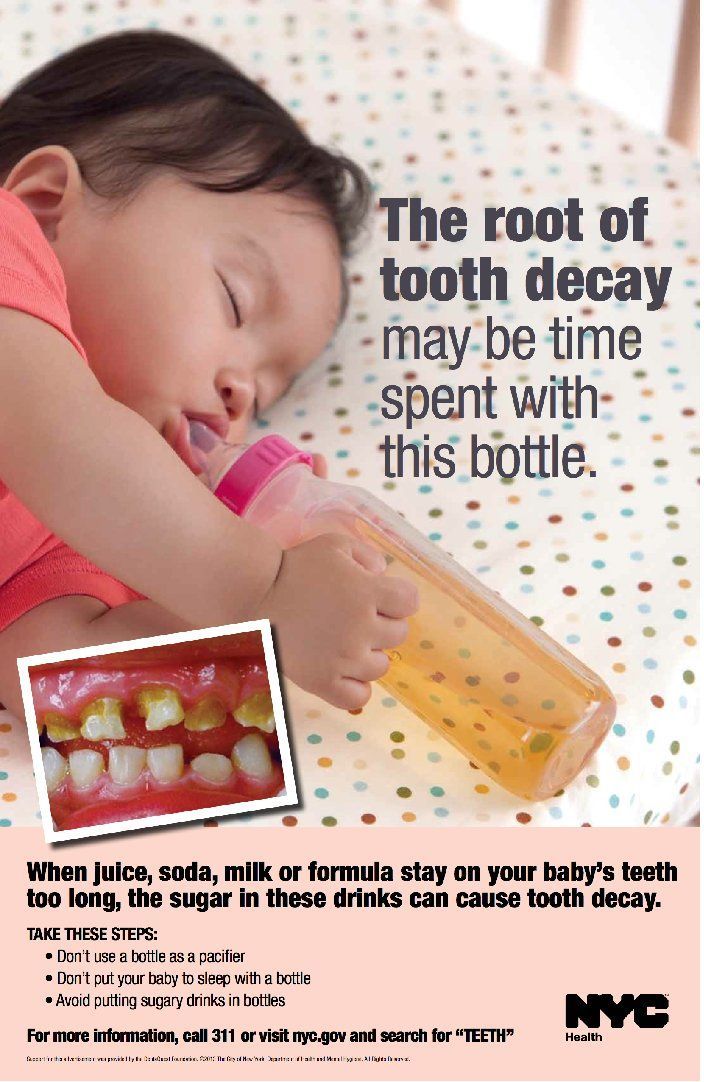 Stop feeding your baby when they show signs of being full, which include not sucking anymore and turning away from the bottle. Research suggests a responsive feeding style encourages healthy eating habits that last well beyond the bottle.
Stop feeding your baby when they show signs of being full, which include not sucking anymore and turning away from the bottle. Research suggests a responsive feeding style encourages healthy eating habits that last well beyond the bottle.
Bond with your baby. Talk to your baby and look into their eyes as you bottle-feed to bond and help them feel secure. You can even take off your shirt for skin-to-skin contact, which helps babies to relax while stimulating digestion and interest in feeding, among other benefits.
Be patient. It may take a while for your baby to accept the bottle.
Be consistent. Babies love routines, so aim to give the bottle the same time every day.
What to do if your baby won't take a bottle
Some babies take to the bottle without much fuss, but others struggle quite a bit with the transition.
Make sure you have lots of time and take it slow during this process. If your baby starts crying and pushes the bottle away, back off, comfort them, and then try again.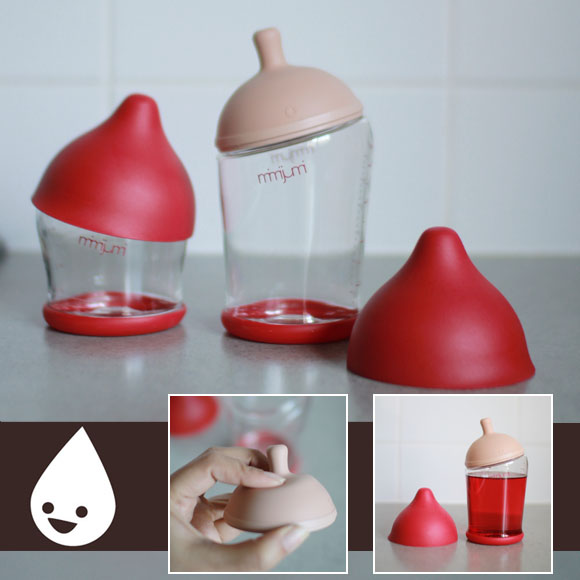 If you've tried offering the bottle several times and your baby seems frustrated, or if they refuse to eat for 10 minutes, let it go for now. (Wait at least five minutes before breastfeeding after an unsuccessful bottle-feeding – that way they won't associate refusing the bottle with immediate gratification.)
If you've tried offering the bottle several times and your baby seems frustrated, or if they refuse to eat for 10 minutes, let it go for now. (Wait at least five minutes before breastfeeding after an unsuccessful bottle-feeding – that way they won't associate refusing the bottle with immediate gratification.)
Offer the bottle again in an hour or two, when your baby is alert and receptive but not very hungry.
If your baby is having a hard time, try these techniques:
- Test a few different nipples. Babies can be very particular about bottle nipples. If you've tried the bottle a couple of times and your baby still refuses to eat, test out a few other options. Your baby may prefer a wide-based nipple, which more closely simulates the breast. Or your baby may accept a nipple that's similar to the pacifier they use (if you use one), so try giving them a nipple that's the same shape or made out of the same material as the pacifier.
- Change the temperature of the nipple.
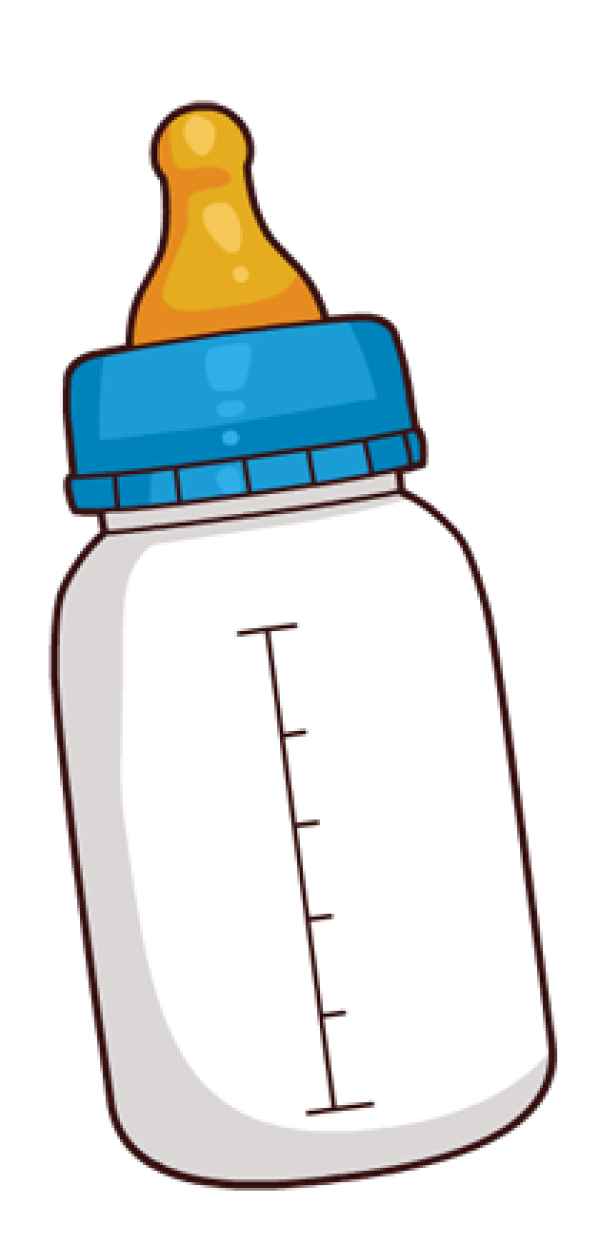 If your baby is teething, they may prefer a nipple that's been chilled in the fridge. Otherwise, try warming the nipple under running water.
If your baby is teething, they may prefer a nipple that's been chilled in the fridge. Otherwise, try warming the nipple under running water. - Introduce breast milk outside of the bottle. Put a few drops of breast milk on your baby's lips or the nipple before feeding them from a bottle, to give them a preview of what's to come. When your baby tastes it, they may start sucking to get more.
- Let your baby play with the nipple so they can get familiar with it. If your baby just chews on it at first, don't worry. They may actually start sucking on it soon.
- Hold them in a different position during the feeding. Put your baby in an infant or car seat so they're semi-upright, and then feed them the bottle while you're facing each other. Or try feeding them on your lap with their back to your chest. Once your baby is used to taking a bottle, you can hold them in a more standard feeding position.
- Move around. Try walking or lightly bouncing your baby. Gentle, rhythmic movement may encourage them to take the bottle.
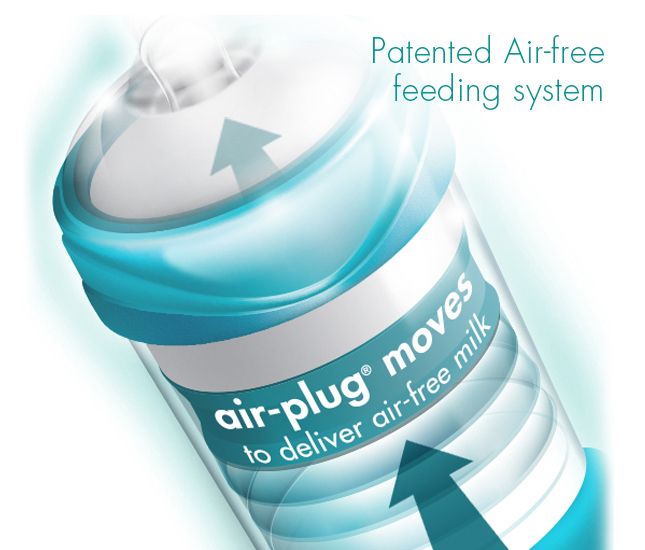
- Try different temperatures. Your baby might prefer milk that's slightly warmer or colder. Experiment with different temperatures to see what they prefer.
- Check the taste. Expressed breast milk sometimes has a soapy taste, so you may want to try a drop.
- Offer the bottle at other times of day. If your baby won't take the bottle during the day, offer it during a nighttime feeding or vice versa.
If your baby is still refusing the bottle
For most babies, bottle refusal is a short-lived developmental step. That's why it's best to give everyone time to transition by introducing the bottle well before you have to go back to work or otherwise be separated from your baby.
If your baby continues to refuse the bottle, keep trying: It can be frustrating, but your baby may eventually accept it. Until they do, you may have to make serious adjustments to your life. Some working moms have had to extend their maternity leave, change jobs, work from home with a nanny or sitter, or visit their child's daycare every two to three hours to breastfeed their bottle-refusing baby.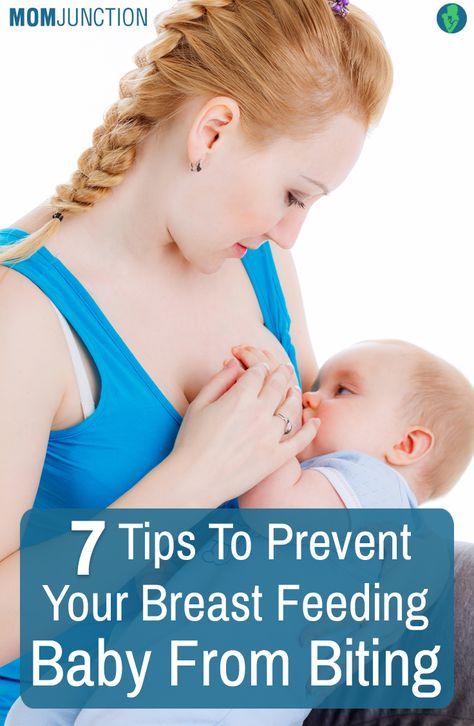
If you've tried everything, don't blame yourself if your baby still won't bottle-feed. Some babies never take to the bottle – but talk to your child's doctor to rule out a medical reason.
Some babies can learn to drink from an open cup or a sippy cup instead of a bottle. Make sure your baby can hold their head up on their own before trying (usually around 4 to 6 months), though, to reduce the risk of choking. Here's how to start using a sippy cup:
- Support your baby's head and shoulders with your arm and sit them upright in your lap.
- Place the cup on your baby's lower lip and tilt it until the milk or formula is close to their lips.
- Wait until your baby laps up the milk with their tongue, which may take a few minutes. Don't pour the milk straight into your baby's mouth.
- Continue to offer the milk until your baby turns away their head or offers other cues that they're finished.
- You may want to try this method first with another adult for practice.
 Once you're ready to test it out on your baby, be prepared with a bib and burp cloth nearby to wipe up spills.
Once you're ready to test it out on your baby, be prepared with a bib and burp cloth nearby to wipe up spills.
Eight Tips for How to Introduce Bottle-Feeding
As a nurse in the Institute for Maternal-Fetal Health at Children’s Hospital Los Angeles, I meet many moms who are intimidated when it comes to knowing when and how to introduce bottle-feeding to their babies. It can be especially intimidating because of the many myths associated with starting bottle-feeding. My experience helping moms on this issue is what inspired this post and I hope to help ease the anxiety for those who wonder when and how to introduce bottle-feeding.
There are no mandatory rules about when to add a bottle to a baby’s feeding routine, but here are some expert tips that may make the process easier. (Tweet this)
1. Add a bottle after a healthy milk volume is established from your breast. If you are exclusively breastfeeding and want to keep it that way, then only introduce a bottle after you have established a healthy milk volume and breastfeeding routine.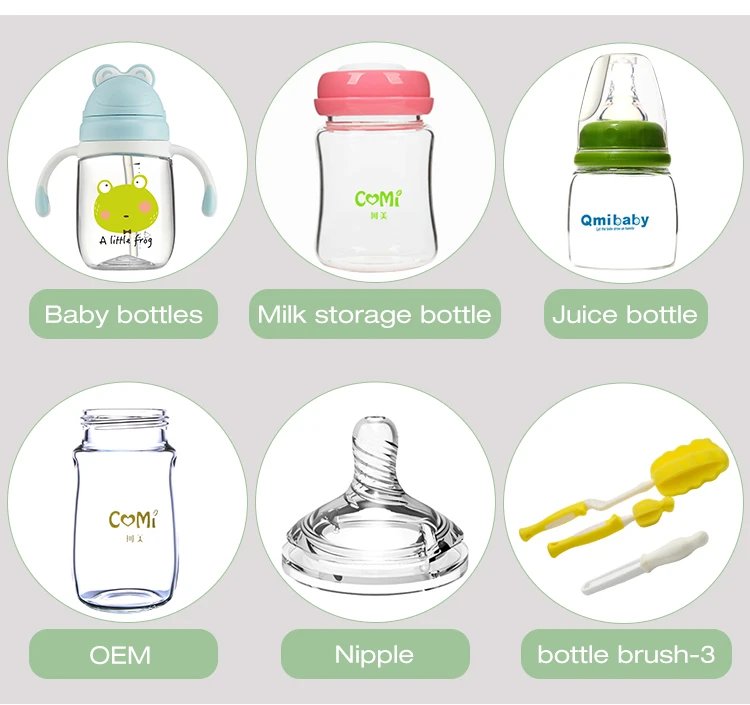 This can take up to four weeks after birth.
This can take up to four weeks after birth.
2. Continue breastfeeding or pumping to maintain milk volume. When your baby is feeding from the bottle, make it a priority to pump (and breastfeed when your baby is not using the bottle). Decreasing the amount of times milk is expressed from your breast can lead to a decrease in the volume produced.
3. Nipple confusion versus nipple preference. Many people believe that babies don’t want to be breastfed after bottle feeding or don’t want to bottle-feed after exclusively breastfeeding because of nipple confusion. This is not true. Babies do not get confused about the different feeding methods. But they do get accustomed to the breast or bottle and establish a nipple preference, which only means that they prefer one method over the other!
4. Use a bottle nipple that is wide-based, which is similar in size and shape to your nipple. I recommend wide-based nipples.![]() Purchase a bottle with a nipple that is more similar to the human breast. These nipples are usually wide-based with shorter nipple heights. The nipple requires that the baby take a larger amount of the nipple into its mouth, similar to breastfeeding.
Purchase a bottle with a nipple that is more similar to the human breast. These nipples are usually wide-based with shorter nipple heights. The nipple requires that the baby take a larger amount of the nipple into its mouth, similar to breastfeeding.
5. Purchase one nipple and bottle style at a time. Some babies are very picky when it comes to bottles, especially if they have been exclusively breastfeed. It is a good idea to buy one set of a certain bottle and nipple style at a time to make sure your baby can feed well before buying a larger supply. Sometimes babies will try out multiple bottles and nipples before they decide on a favorite.
6. Use a slow-flow feeding style. A slow-flow feeding style with a bottle closely resembles that of breastfeeding. Babies that breastfed are used to working for their food and it comes out at a slower rate. Whereas, bottle-feeding is easy and takes little effort. The rate is much quicker and babies can get used to this fast rate, making breastfeeding more frustrating when returning from bottle-feeding. If you are using a regular nipple allow the baby to take five to ten sucks and remove the bottle. Allow your baby to swallow and breathe. Then reinsert the bottle and start again. This process should encourage your baby to slow down their feeding. The feeding should take roughly 15 minutes, similar to that of a breastfeeding session.
If you are using a regular nipple allow the baby to take five to ten sucks and remove the bottle. Allow your baby to swallow and breathe. Then reinsert the bottle and start again. This process should encourage your baby to slow down their feeding. The feeding should take roughly 15 minutes, similar to that of a breastfeeding session.
7. It takes time. Many exclusively breastfed babies do not accept a bottle right away, so it may take a couple of attempts before your baby gets the hang of it. Be patient and continue to offer the bottle to your baby.
8. Introduce bottle-feeding two to four weeks before going back to work. By doing this, you can establish a pumping routine, allow your baby time to adjust to the bottle and give you a chance to see that your baby is able to feed from the bottle effectively. The above tips will help you a lot when you begin your journey of bottle-feeding your baby. Most of the time a baby will accept a bottle very well, but there are a few that can really make the transition frustrating.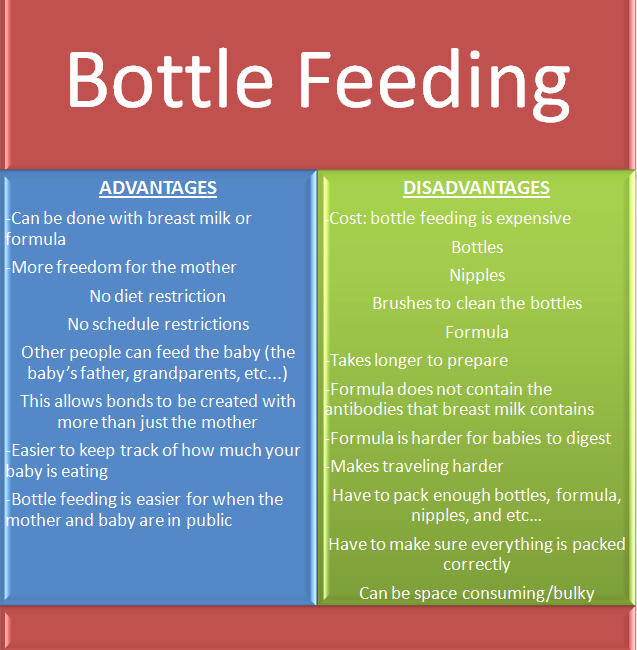 If you are having a difficult time introducing bottles or your baby does not seem to be feeding as well with a bottle, please enlist the help of a breastfeeding expert.
If you are having a difficult time introducing bottles or your baby does not seem to be feeding as well with a bottle, please enlist the help of a breastfeeding expert.
Thank you for taking the time to read my post, I hope you found this information helpful. If you want advice on a specific topics please feel free to write a comment and I can address your needs in future posts.
Baby won't take a bottle | Philips Avent
search support iconSearch Keywords
Home ›› What to do when your baby refuses a bottle
↑ top
any problems. If your breastfed baby refuses a bottle, don't worry. This is a common occurrence in many babies who are used to breastfeeding. Obviously, this can create certain difficulties for moms, especially if you need to return to work in the near future.
3 Philips Avent products to help you bottle feed:
So why is your baby refusing to bottle and crying? There are many ways to quickly and easily teach a breastfed baby to a bottle.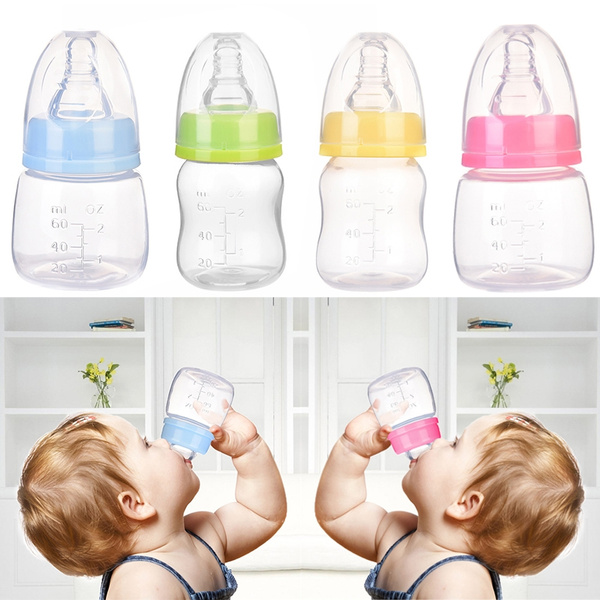 Here are important tips on what to do when your baby refuses a bottle.
Here are important tips on what to do when your baby refuses a bottle.
Is the baby refusing the bottle? Take a step back
If your baby cries while bottle feeding, the first thing to do is to start over and rethink your feeding approach and technique. Try the following steps when bottle feeding your baby: [1]
- Lift and tilt your baby's head forward. Before inserting the pacifier into the baby's mouth, make sure that the baby's head is raised and tilted over his body to avoid choking: so that the baby does not choke and have the opportunity to burp during bottle feeding.
- Insert the pacifier. Bring the pacifier to the baby's lips and gently guide it into the baby's mouth. In no case do not try to press the nipple on the baby's lips and try to push it into his mouth. After touching the pacifier to the baby's lips, wait for the baby to open his mouth and take the pacifier.
- Hold the bottle at an angle. Tilt the bottle at an angle so that the nipple is only half full.
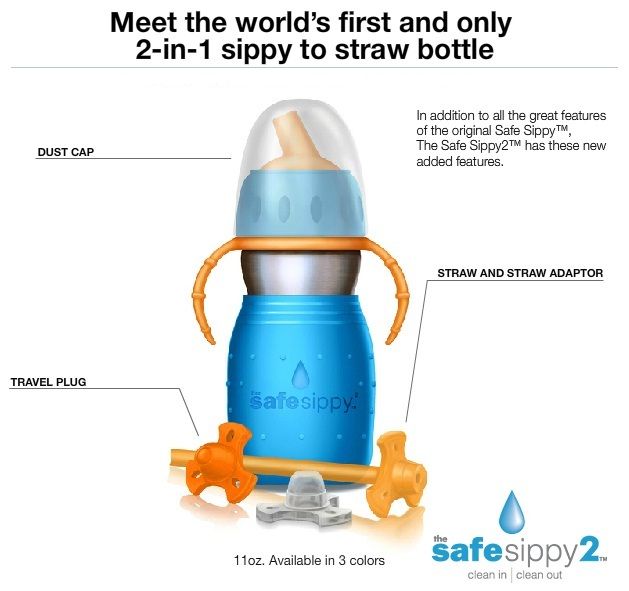 So the child can eat at his own pace.
So the child can eat at his own pace. - Let the baby burp during and after feeding. It can be useful for a child to burp not only after feeding, but also approximately in the middle of the process. This will help reduce gas or tummy discomfort that your baby may experience from swallowing too much air.
- Stop in time, do not overfeed the baby. If the baby begins to turn his head away from the bottle or closes his mouth, then he is full and you need to stop feeding.
- Perhaps the flow of milk from the nipple to the baby is weak or, on the contrary, too fast, so he is naughty and refuses the bottle. Try changing the nipple to a nipple with a different flow.
Other tips if your baby refuses the bottle
If you've followed the steps above and your baby still refuses the bottle, don't worry. There are other ways to help bottle feed your baby. Here are some simple tricks you can add to your bottle feeding process. [2]
1.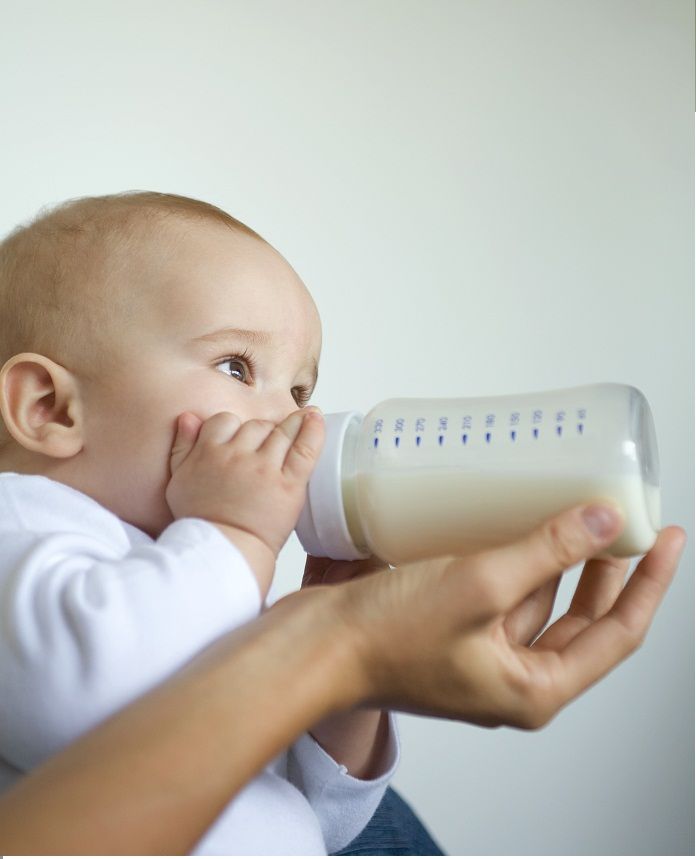 Remind your child about mom.
Remind your child about mom.
Sometimes a child can be fed by someone other than his mother - dad, grandmother or, for example, a nanny. If your baby fusses while bottle feeding, try wrapping the bottle in something that smells like mommy, like a piece of clothing or some fabric. This will make it easier to feed the baby when the mother is not around.
2. Try to maintain skin contact while bottle feeding.
Some babies need contact with their mother, so try bottle feeding while leaning against you. However, some babies are better at bottle feeding when they are in the exact opposite position than when they are breastfed. For example, there is a position with bent legs. Lay the child on your bent knees, facing you, pointing the child's legs towards your stomach. During feeding, the baby will be able to look at you and contact you in this way. If your baby refuses a bottle, experiment to see which works best.
3. Move while feeding.
Move while feeding.
Sometimes all it takes to get your baby to take the bottle is a little wiggle or walk. The next time your baby starts crying while bottle feeding, try moving around a little rhythmically to calm him down.
4. Try changing the milk temperature.
If the baby still does not want to take the bottle, check if the milk in the bottle is too hot or too cold. Before feeding, put some warm breast milk on the inside of your wrist to check the temperature. Milk should be warm, but if it seemed hot to you, just place the bottle for a short while under a stream of cold water.
Choosing the right bottle for your baby If you plan to combine bottle feeding with breastfeeding, it is advisable to choose bottles with a nipple that will have a wide base as the bottle will grip closer to the breast. Also pay attention to the fact that the nipple is firm and flexible, the child must make an effort to drink from the bottle, as well as from the breast.
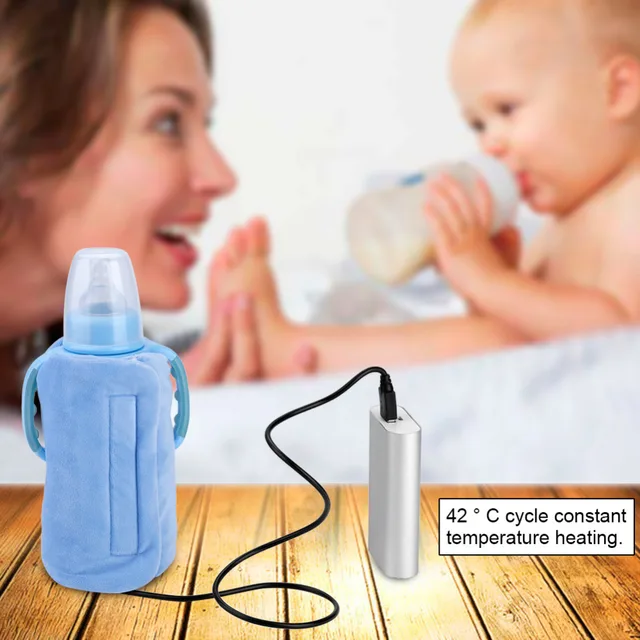 Give preference to nipples with an anti-colic valve that vents air out of the bottle.
Give preference to nipples with an anti-colic valve that vents air out of the bottle. Natural bottle allows you to combine breast and bottle feeding. 83.3% of babies switch from a Natural bottle to breastfeeding and back.*
If you choose a bottle for artificial feeding, traditional bottles are fine, but it is desirable that the nipple is made of a hypoallergenic material, such as silicone, has an anti-colic valve and did not stick together when bottle fed. In case your baby spit up often, then use special bottles with anti-colic and anti-reflux valve, which reduces the risk of spitting up and colic.
Bottle with unique AirFree valve reduces the risk of colic, gas and spitting up. With this bottle, you can feed your baby in an upright or semi-upright position to reduce spitting up. Due to the fact that the nipple is filled with milk and not air during feeding, the baby does not swallow air, which means that feeding will be more comfortable.
Both bottles are indispensable if you want to breastfeed, bottle feed or just bottle feed your baby.
“My baby refuses to breastfeed but bottle feeds – help!”
Sometimes a baby gets used to bottle feeding and refuses to breastfeed. Therefore, it is important to use bottles that are suitable for combining breastfeeding with bottle feeding. If, nevertheless, you are faced with the fact that the child refuses to take the breast, try using silicone nipple covers to make the transition from the bottle to the breast and back more imperceptible.
Remember that if you want to combine breastfeeding and bottle feeding, it is worth waiting at least a month before offering a bottle, so that you are lactating and have time to get used to each other and develop a breastfeeding regimen.
Breastfeed and bottle feed your baby with pleasure
Remember that it takes a while for your baby to get used to bottle feeding. This is completely normal. If you have to go to work, be sure to set aside enough time to bottle train your baby beforehand.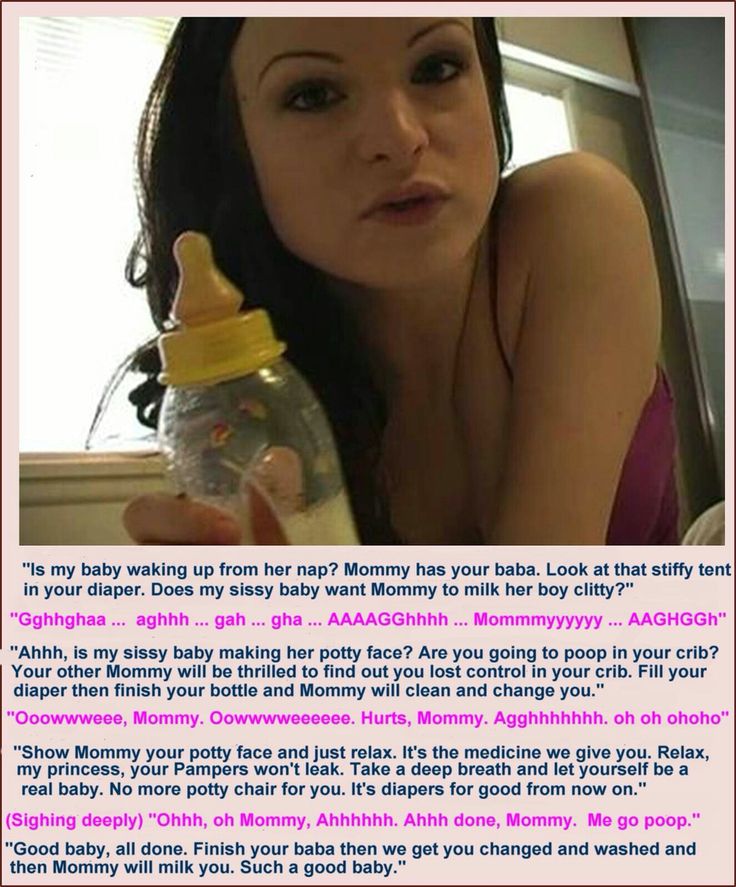
Remember that every child is different, so what works for one may not work for another. With a little time and patience, you will find out what works best for your baby when he refuses a bottle.
You will identify your child's unique needs. However, if your baby still refuses the bottle after all the steps above, check with your pediatrician.
Articles and tips from Philips Avent
References:
*O.L. Lukoyanova, T.E. Borovik, I.A. Belyaeva, G.V. Yatsyk; NTsZD RAMS; 1st Moscow State Medical University THEM. Sechenova, "The use of modern technological methods to maintain successful breastfeeding", RF, 10/02/2012 3 llli.org - The Baby Who Doesn't Nurse
llli.org - Introducing a Bottle to a Breastfed Baby
Baby+ app
Download the app and track your child's development and growth with trackers and save those special moments forever.
Download app:
You are leaving the Philips Healthcare (“Philips”) official website. Any links to third party websites that may be included on this site are provided solely as a convenience to you. Philips makes no warranties regarding any third party websites or the information they contain.
Any links to third party websites that may be included on this site are provided solely as a convenience to you. Philips makes no warranties regarding any third party websites or the information they contain.
I understand
You are about to visit a Philips global content page
Continue
You are about to visit the Philips USA website.
I understand
How to bottle train your baby: tips for parents
Article content
- When is a bottle needed?
- Possible difficulties and their causes
- How to teach: 5 main rules
- How to choose?
- Bottle feeding rules
Sometimes mothers are faced with situations where it becomes necessary to teach the child to bottle. With seeming simplicity in this matter, various problems can arise - some kids refuse innovation, act up. Let's look at what these difficulties are and how to overcome them.
When is a bottle needed?
We note right away that a bottle should be offered to the baby only in case of artificial feeding. When breastfeeding, nipples and pacifiers should not be used, as the baby will get used to them very quickly and may refuse to breastfeed. Babies, along with milk, receive everything necessary for full development, so they do not need any additives.
In what situations does it become necessary to teach how to drink from a bottle? There are several of them:
- Lack of breast milk. In this case, you have to transfer the crumbs to the mixture.
- Maternal use of strong medications leading to lactation disorders.
- Premature babies are often converted to bottle feeding.
- The need to give the baby medication. So, many children suffer from problems in the digestive tract, colic, gas formation. For their treatment, decoctions (for example, fennel) are used, which are most conveniently given with the help of a bottle.
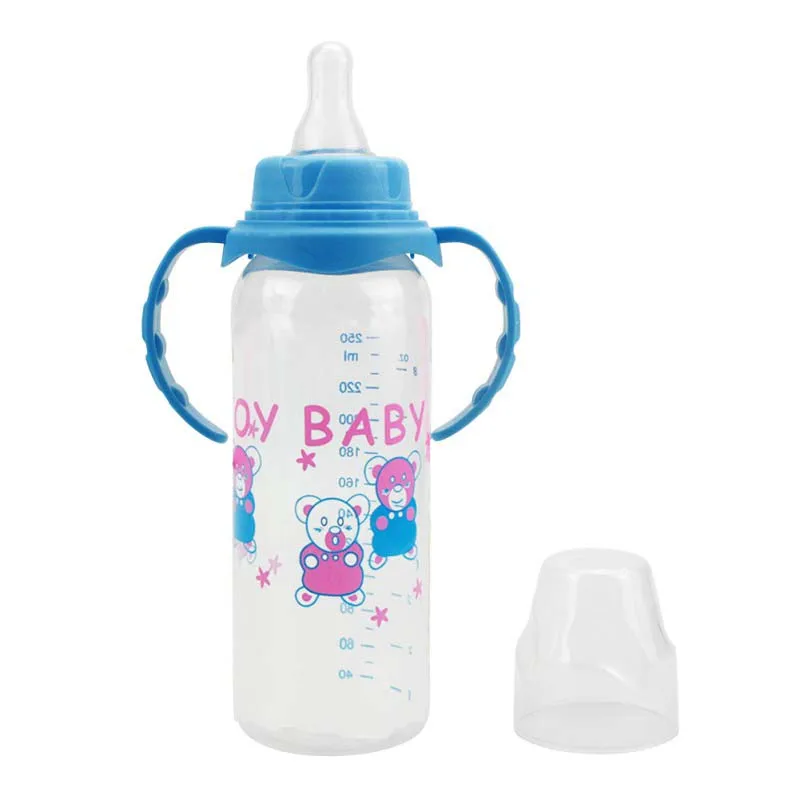 If taking the drug will be one-time or short-term, you should not resort to innovation - the medicine can be given from a spoon or using a syringe without a needle.
If taking the drug will be one-time or short-term, you should not resort to innovation - the medicine can be given from a spoon or using a syringe without a needle. - Soldering. With fever or poisoning, the child needs more liquid than he receives from mother's milk. Therefore, there is a need for supplementation. A similar situation is also possible if the baby in the hot season is forced to constantly be in a warm room and needs an increased rate of water.
There is no certain age that is optimal for accustoming: it all depends on the circumstances that force the mother to transfer the baby to artificial feeding. Note that with breastfeeding and the absence of health problems for mother and baby, it is quite possible to do without accustoming to a bottle and it is even better to do just that.
Possible difficulties and their causes
Bottle training can sometimes be quite difficult due to a number of reasons.
- The simplest is the absence of hunger.
 Mom offers food at a time when the baby does not want to eat yet, which is why he begins to act up and cry.
Mom offers food at a time when the baby does not want to eat yet, which is why he begins to act up and cry. - Incorrect fluid temperature. It is important that the mixture is at the same temperature as breast milk (36-37°C). If this condition is violated, the baby may refuse food. To check, it is best to use a special thermometer, if there is none, try the proposed mixture.
- The container or nipple itself has a specific smell that the baby does not like. In this case, only a replacement will help.
- The mixture has an unpleasant odor or taste. You will also have to give up in favor of a more acceptable option.
- The shape of the nipple or the rate of flow of fluid from the nipple is not suitable.
- The kid is trying to drink in an uncomfortable position, so he does not succeed, he cries and is naughty. You have to choose the right position.
- Finally, if an atmosphere of constant conflict reigns in the apartment, parents swear, then the child experiences severe stress.
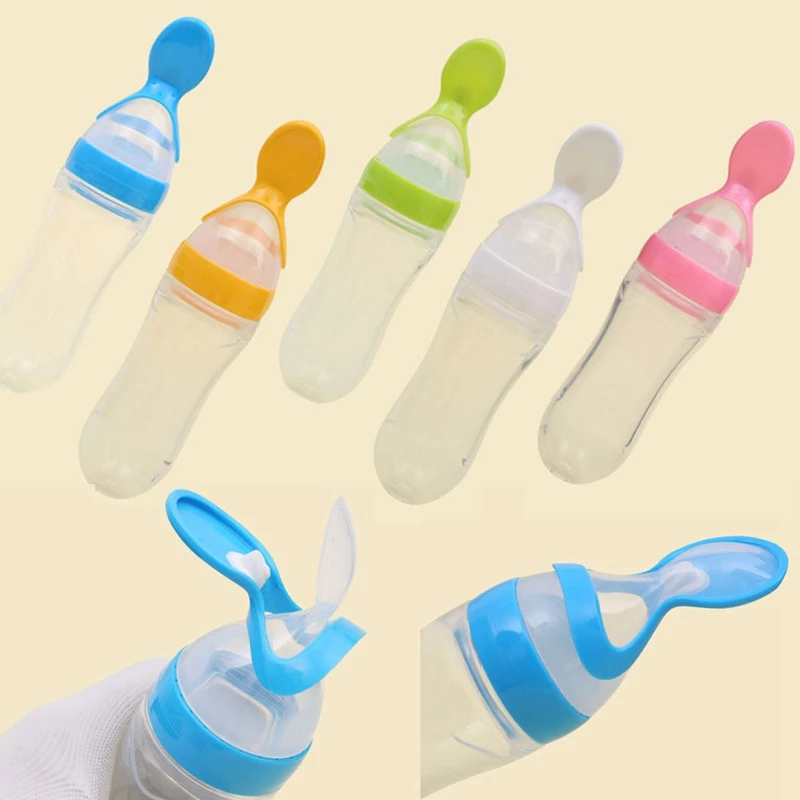 Getting used to a new action only exacerbates it.
Getting used to a new action only exacerbates it.
It is important to make sure that these negative factors completely disappear, then the training will be easy and without problems.
How to teach: 5 main rules
To teach a child to use a bottle of formula for its intended purpose, you should use the following rules:
- The process should be constant - the baby is asked to take at least one sip every day, gradually increasing the dosage. It is best to conduct such “lessons” at those moments when the baby wants to eat, in such conditions he will quickly stop being capricious and try to satisfy his hunger in an accessible way. So, bottle feeding in the morning is the best option for beginners.
- The transition to a new type of food for a child is the strongest stress, so the mother should try to create conditions in which the baby will be as comfortable as possible. So, it should be fed in the same position as before, with breastfeeding, and the bottle itself should be placed so that it is approximately in the same place as the mother's breast.
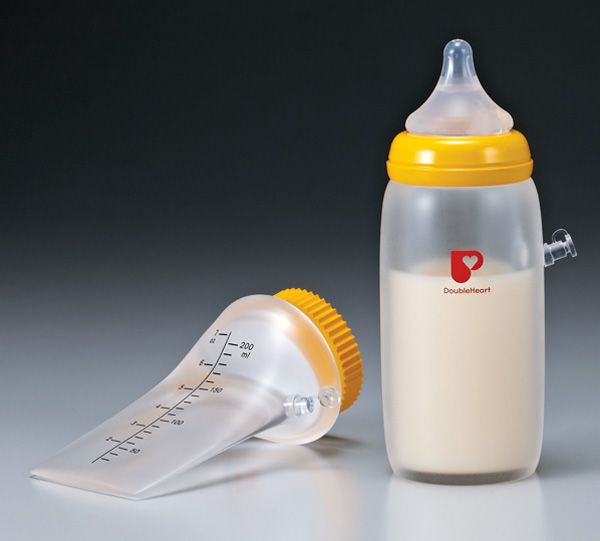
- There are situations when it is worth entrusting the feeding of the crumbs in a new way to one of the relatives, since the child smells milk coming from the mother, and may categorically refuse the mixture, demanding the usual "delicacy". The method is only suitable if the child is used to this relative and does not cry in his presence.
- Moms need to be prepared for the fact that they may have to buy several bottles and nipples before the right one is finally chosen. Therefore, it is better not to chase after beautiful expensive models, the main requirements are safety and convenience for the baby.
- Do not leave your baby with a bottle alone, especially if he is less than 4 months old, as there is a risk of choking.
Some mothers may make the following mistake: if it is necessary to give a child an unpalatable medicine, they start “training” with it. In this case, it is quite natural that the baby will be capricious and refuse, because the bitter, healthy decoction is very unpleasant for him.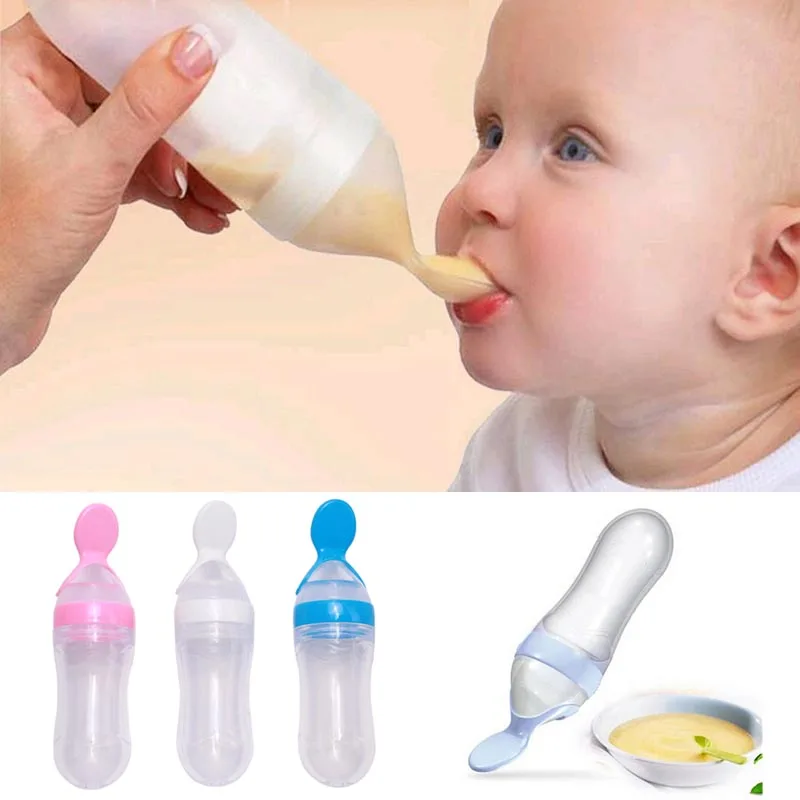 Therefore, the first acquaintance with the pacifier and the bottle should be made using a delicious formula similar to breast milk, or mother's milk itself. Having placed the nipple in the baby's mouth, you should lightly press it so that the contents get to their destination and the baby feels its taste.
Therefore, the first acquaintance with the pacifier and the bottle should be made using a delicious formula similar to breast milk, or mother's milk itself. Having placed the nipple in the baby's mouth, you should lightly press it so that the contents get to their destination and the baby feels its taste.
Another trick is to lubricate the nipple with a small amount of breast milk, in this case, the likelihood that the baby will spit it out is reduced. Do not swear and be nervous if the baby does not understand what they want from him. Only patience and systematic work will help to defeat the child’s reluctance to eat a mixture from a bottle.
How to choose?
The key to success is choosing the right bottle for your baby. Consider what you need to pay attention to when buying.
Start by defining the capacity.
- For the little ones it is better to stop at small sizes, 80-120 ml is enough.
- Then you can switch to a volume of 150-350 ml, such containers are convenient for the complete saturation of babies.
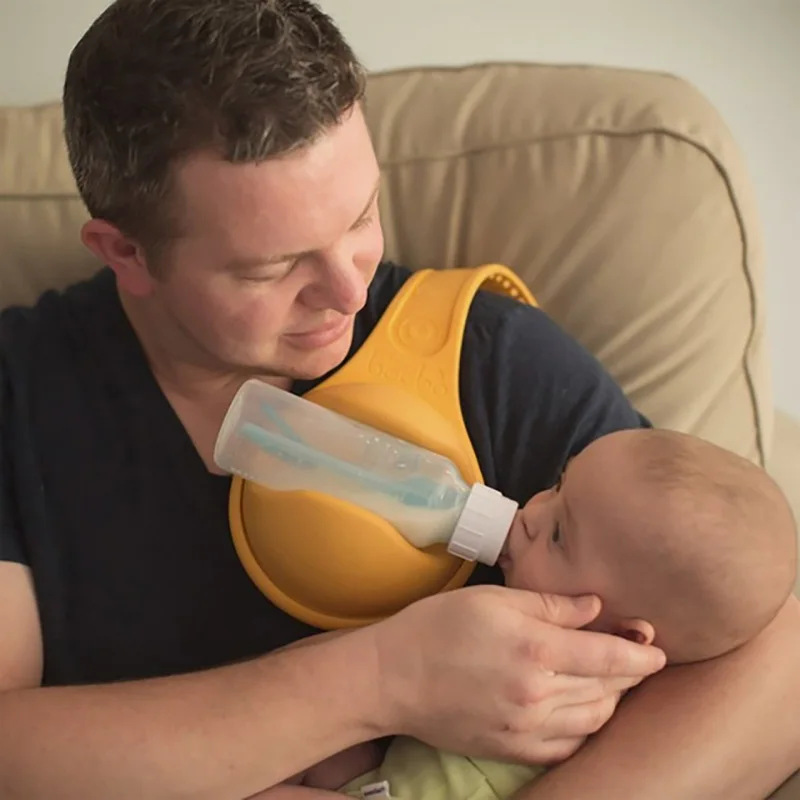
Then choose the best shape:
- for water and beverages - wide neck;
- for mixtures, complementary foods - with narrow.
The next step is material selection. Safety is a priority here. So, high-quality food plastic will not break by accident, it is quite easy to take such a container with you for a walk, it is compact and lightweight. However, these options are not suitable for pouring hot drinks into them and for boiling.
Glass is an environmentally friendly material that will last for a long time and can be boiled. However, the glass container will be quite heavy. Handle it with care, because the glass can break.
Modern baby utensils are also made of soft silicone, which does not cause allergies. It is easy to squeeze such a container to give the child porridge, but this property makes it difficult to wash.
Experts also recommend paying attention to the following points :
- It will be more convenient to choose a container with a scale - so the mother will always know exactly how much her baby ate.
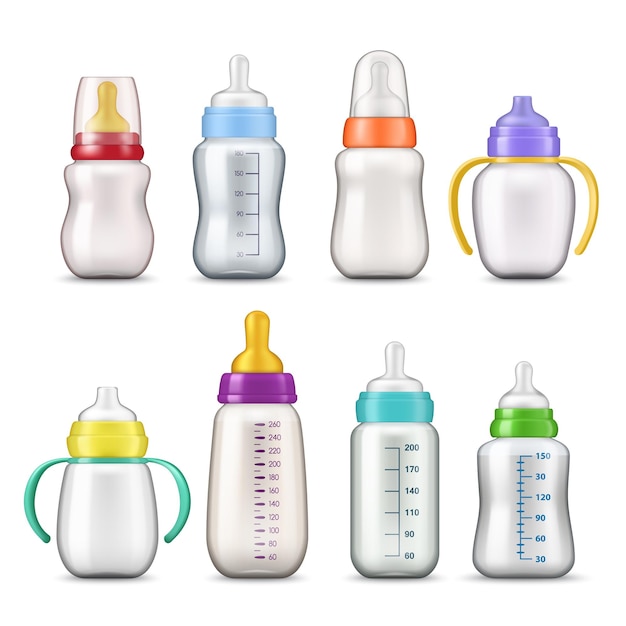
- If your baby is constantly suffering from colic, you can offer him a special, curved bottle shape, thanks to which air does not enter the nipple and, accordingly, into the mouth and stomach of the crumbs.
- The bottle must be carefully monitored. That is why it is better to purchase disassembled models - such as should be washed much easier than solid ones.
- When buying a container, you should immediately purchase a cleaning brush.
- When choosing a pacifier, you should rely on the age of the crumbs: numbering 0 is suitable for babies up to 3 months, 1 - for 3-6 months, 2 - from 6 months. In the first three months, latex is considered the preferred material for the pacifier, it is elastic and very soft. For babies from 3 months. it is best to use silicone. During teething, a rubber model is well suited, but you should not dwell on it for a long time.
- Children love everything bright, so when choosing a bottle, you should also pay attention to the attractiveness of its appearance.
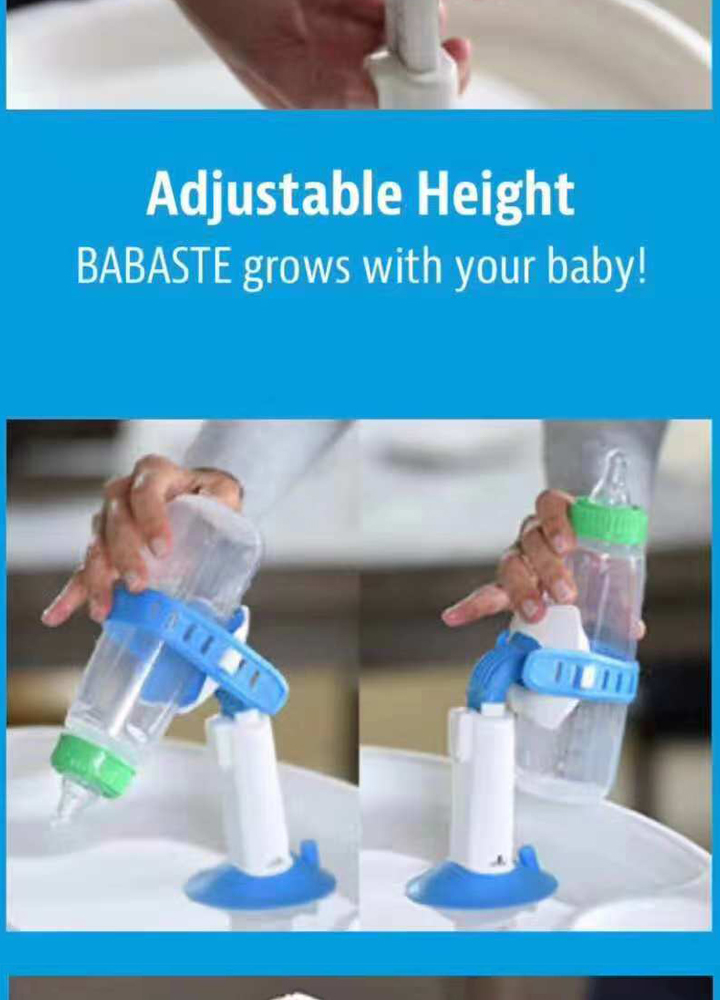
The quality of the product is also important - the lid must fit snugly on the bottle so that the contents do not leak.
Bottle Feeding Rules
Start by preparing the formula correctly by following the instructions on the package. Further, the procedure is as follows:
- Put a bib on the baby. Mom should be dressed in such clothes that it is not a pity to spoil.
- Check the flow of milk from the bottle. That's right, if it drips when tilted.
- The kid should be in a good mood. It is unacceptable to feed the child, if he cries, you first need to calm him down.
- During feeding, the bottle is tilted so that the milk fills the nipple.
- The baby's head should be slightly raised, the baby should not be held horizontally. In general, the position of the crumbs should be approximately the same as with breastfeeding.
- When feeding, it is important to take several breaks during which the baby can burp.
